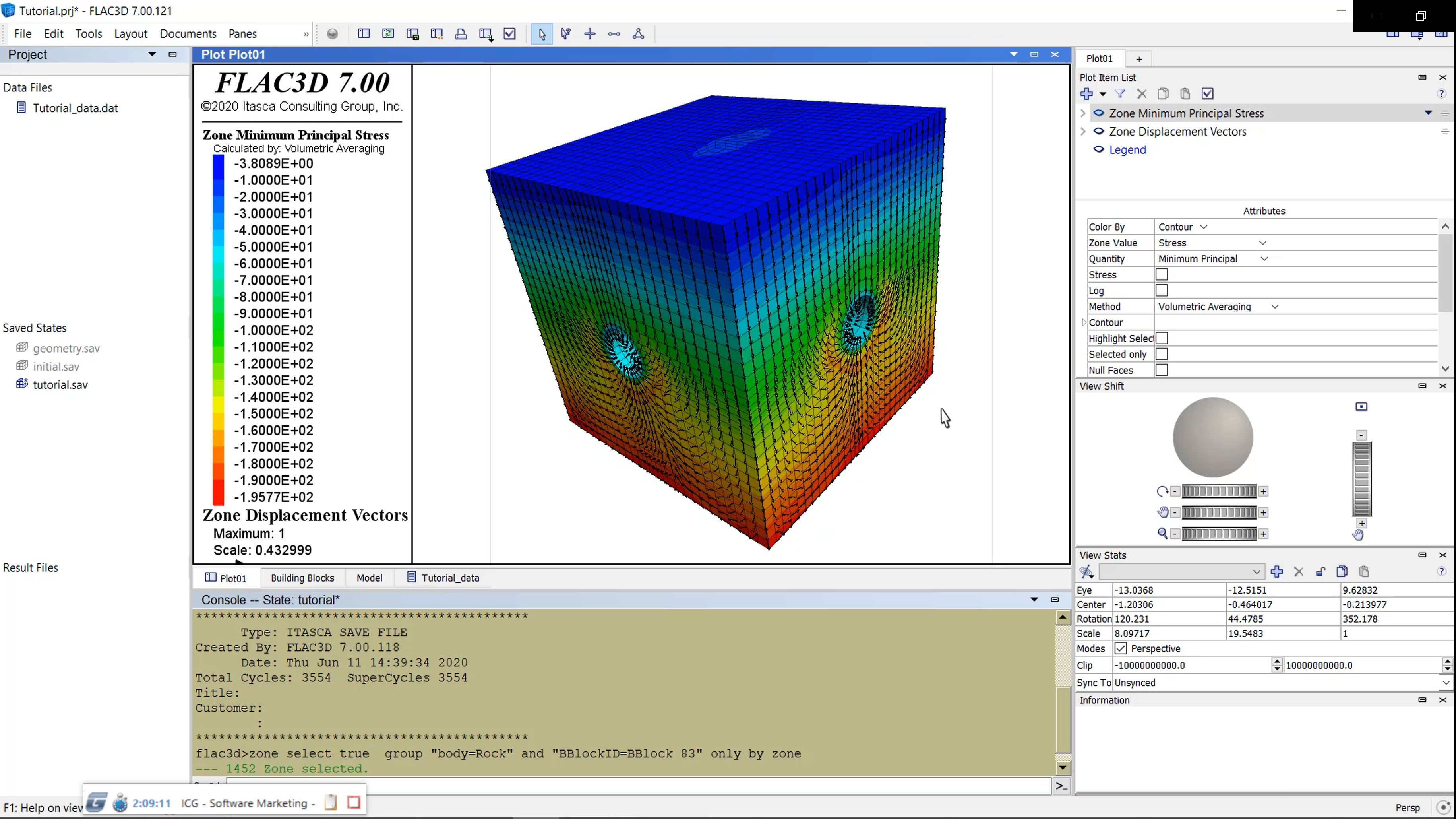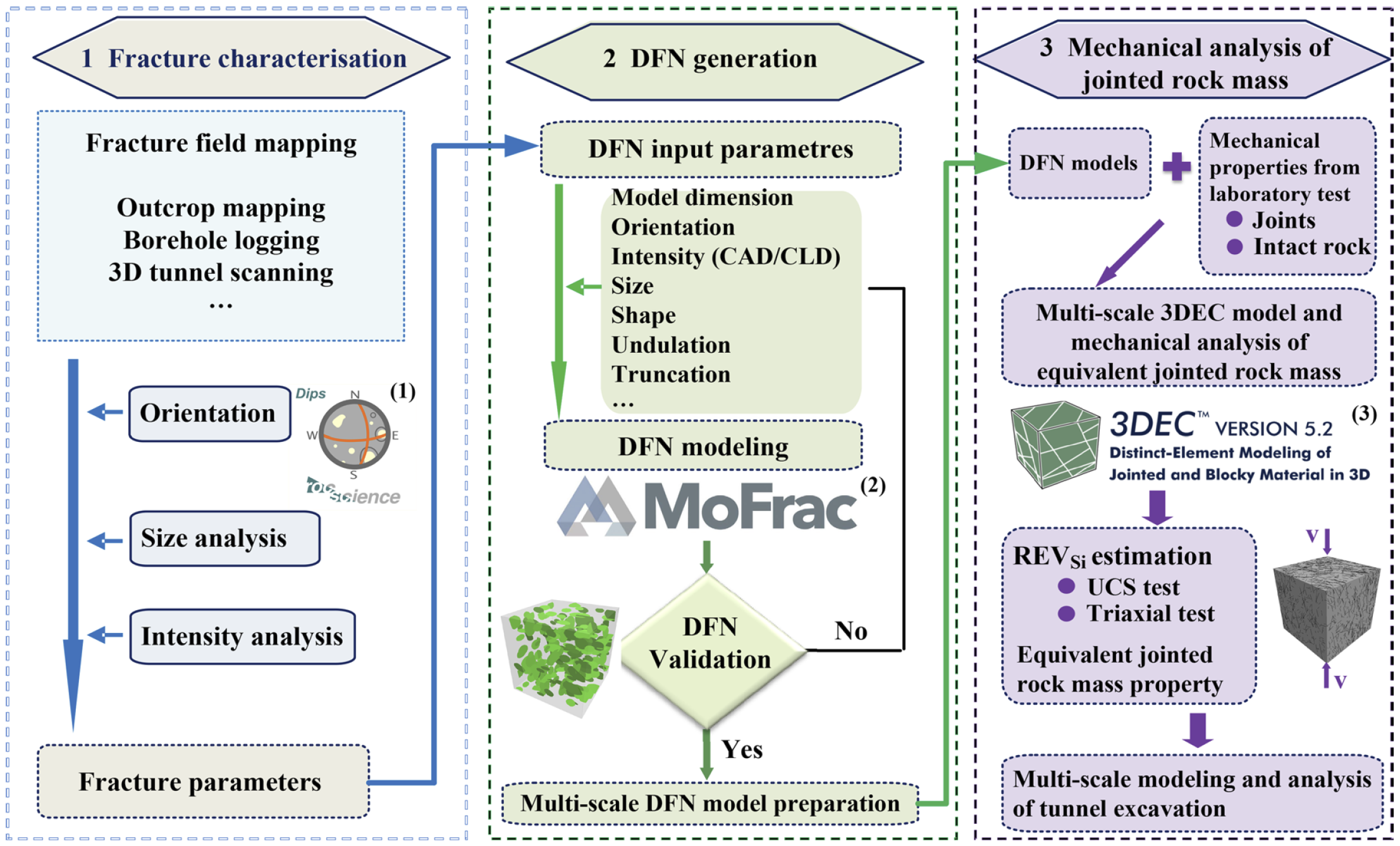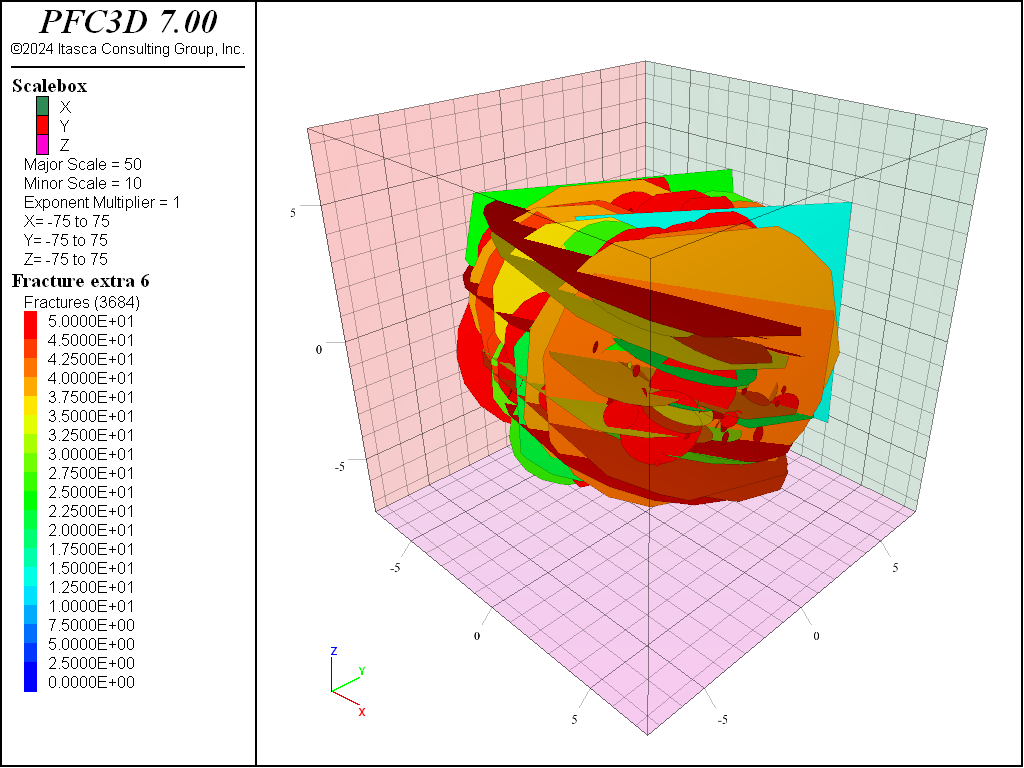

- #DFN NETWORK EXAMPLE CODE FLAC3D UPDATE#
- #DFN NETWORK EXAMPLE CODE FLAC3D ANDROID#
- #DFN NETWORK EXAMPLE CODE FLAC3D SERIES#
For a third order polynomial, we need # 4 weights: y = a + b x + c x^2 + d x^3 # Setting requires_grad=True indicates that we want to compute gradients with # respect to these Tensors during the backward pass. sin ( x ) # Create random Tensors for weights. pi, 2000, device = device, dtype = dtype ) y = torch. # By default, requires_grad=False, which indicates that we do not need to # compute gradients with respect to these Tensors during the backward pass. device ( "cpu" ) # device = vice("cuda:0") # Uncomment this to run on GPU # Create Tensors to hold input and outputs. # -*- coding: utf-8 -*- import torch import math dtype = torch. Implement the backward pass through the network: With third order polynomial example now we no longer need to manually Here we use PyTorch Tensors and autograd to implement our fitting sine wave Gradient of x with respect to some scalar value. X.requires_grad=True then x.grad is another Tensor holding the Represents a node in a computational graph. This sounds complicated, it’s pretty simple to use in practice. Will be functions that produce output Tensors from input Tensors.īackpropagating through this graph then allows you to easily compute When using autograd, the forward pass of your network will define aĬomputational graph nodes in the graph will be Tensors, and edges TheĪutograd package in PyTorch provides exactly this functionality. To automate the computation of backward passes in neural networks. Quickly get very hairy for large complex networks. Manually implementing theīackward pass is not a big deal for a small two-layer network, but can In the above examples, we had to manually implement both the forward andīackward passes of our neural network.
#DFN NETWORK EXAMPLE CODE FLAC3D UPDATE#
sum () # Update weights a -= learning_rate * grad_a b -= learning_rate * grad_b c -= learning_rate * grad_c d -= learning_rate * grad_d print ( f 'Result: y = x^3' ) sum () grad_d = ( grad_y_pred * x ** 3 ). sum () grad_c = ( grad_y_pred * x ** 2 ). sum () if t % 100 = 99 : print ( t, loss ) # Backprop to compute gradients of a, b, c, d with respect to loss grad_y_pred = 2.0 * ( y_pred - y ) grad_a = grad_y_pred. randn () learning_rate = 1e-6 for t in range ( 2000 ): # Forward pass: compute predicted y # y = a + b x + c x^2 + d x^3 y_pred = a + b * x + c * x ** 2 + d * x ** 3 # Compute and print loss loss = np. sin ( x ) # Randomly initialize weights a = np. # -*- coding: utf-8 -*- import numpy as np import math # Create random input and output data x = np.
#DFN NETWORK EXAMPLE CODE FLAC3D ANDROID#
Image Segmentation DeepLabV3 on Android.Distributed Training with Uneven Inputs Using the Join Context Manager.


Writing Distributed Applications with PyTorch.Getting Started with Distributed Data Parallel.Single-Machine Model Parallel Best Practices.(beta) Static Quantization with Eager Mode in PyTorch.(beta) Quantized Transfer Learning for Computer Vision Tutorial.(beta) Dynamic Quantization on an LSTM Word Language Model.Extending dispatcher for a new backend in C++.Registering a Dispatched Operator in C++.Extending TorchScript with Custom C++ Classes.Extending TorchScript with Custom C++ Operators.Fusing Convolution and Batch Norm using Custom Function.Forward-mode Automatic Differentiation (Beta).(beta) Channels Last Memory Format in PyTorch.(beta) Building a Simple CPU Performance Profiler with FX.(beta) Building a Convolution/Batch Norm fuser in FX.(optional) Exporting a Model from PyTorch to ONNX and Running it using ONNX Runtime.Deploying PyTorch in Python via a REST API with Flask.Language Translation with nn.Transformer and torchtext.Text classification with the torchtext library.NLP From Scratch: Translation with a Sequence to Sequence Network and Attention.NLP From Scratch: Generating Names with a Character-Level RNN.NLP From Scratch: Classifying Names with a Character-Level RNN.Language Modeling with nn.Transformer and TorchText.Speech Command Classification with torchaudio.Optimizing Vision Transformer Model for Deployment.Transfer Learning for Computer Vision Tutorial.TorchVision Object Detection Finetuning Tutorial.Visualizing Models, Data, and Training with TensorBoard.Deep Learning with PyTorch: A 60 Minute Blitz.
#DFN NETWORK EXAMPLE CODE FLAC3D SERIES#


 0 kommentar(er)
0 kommentar(er)
